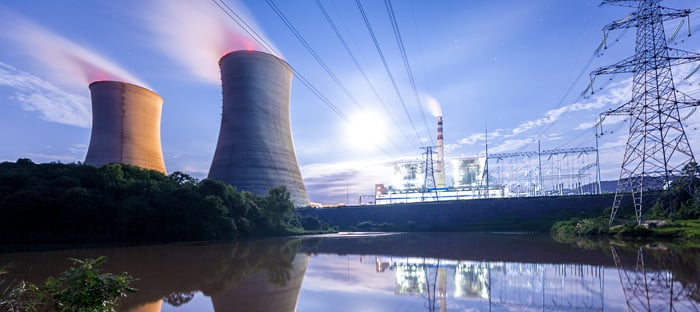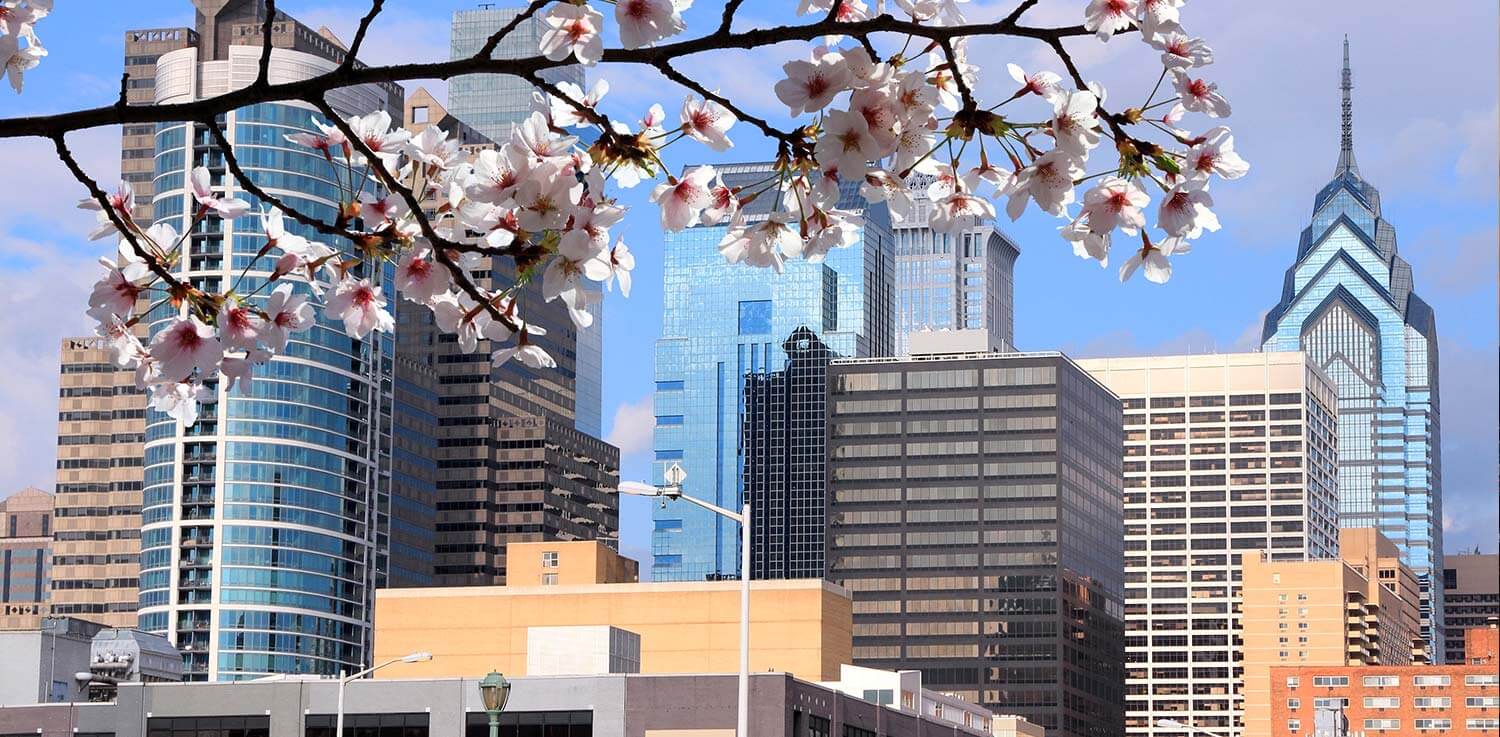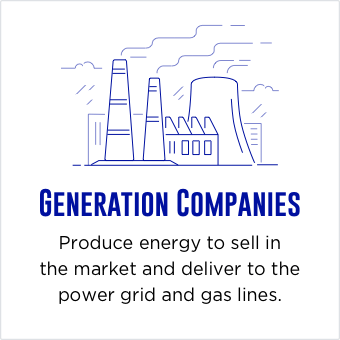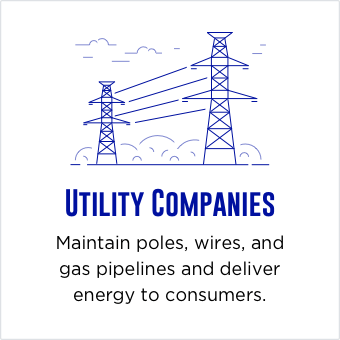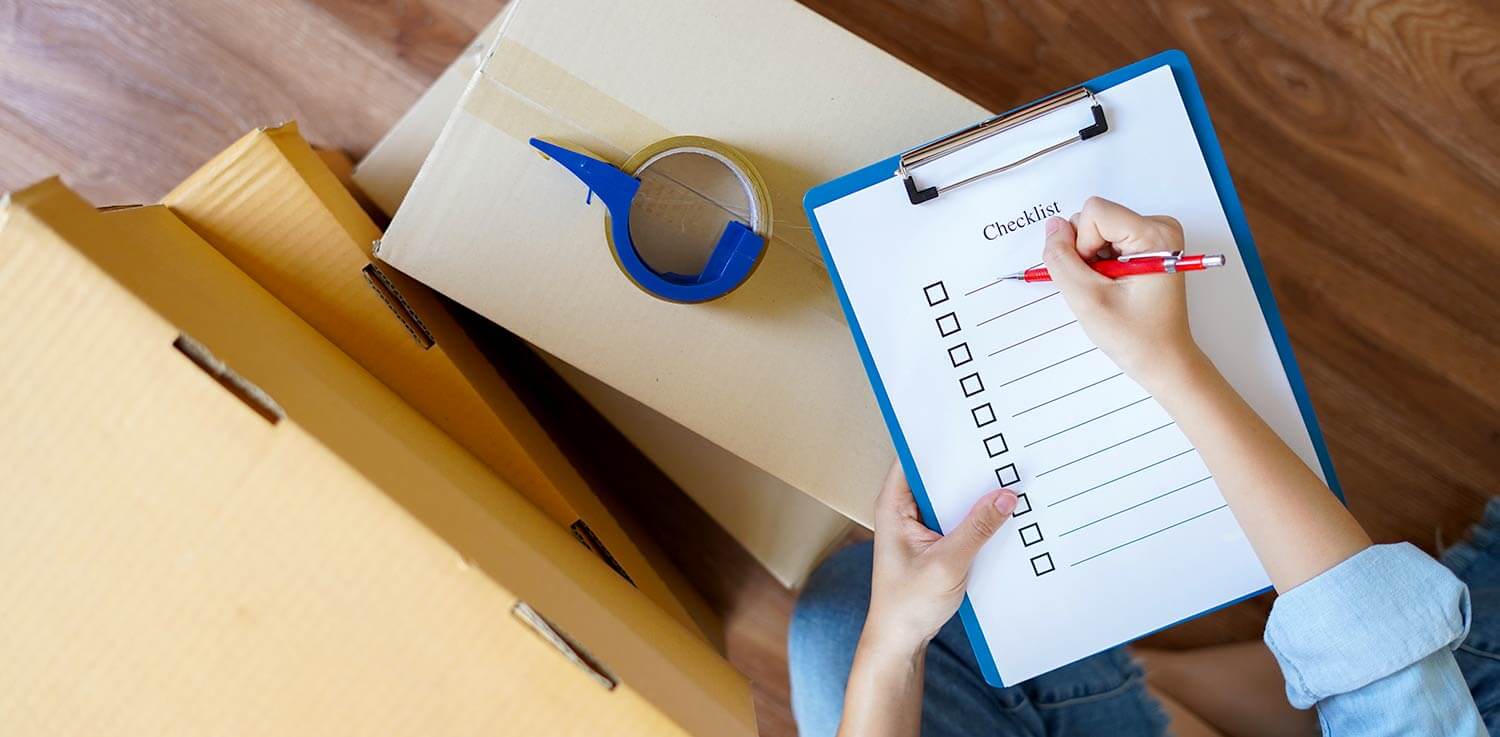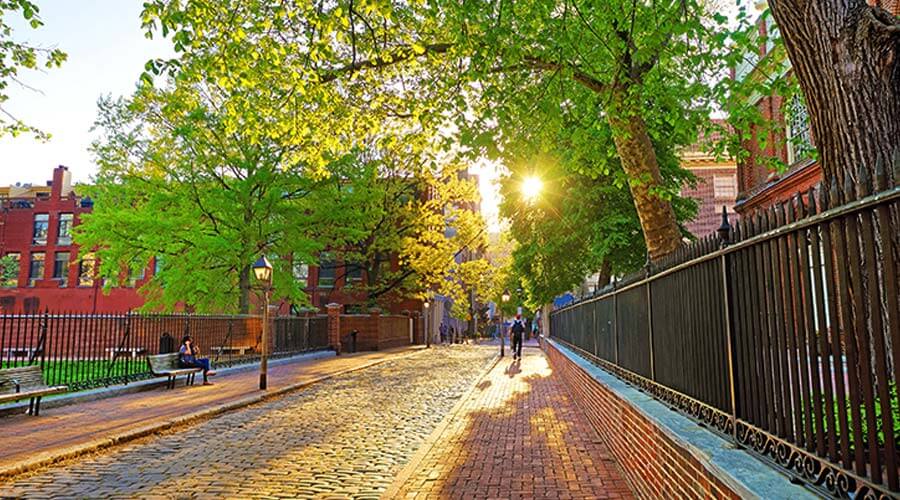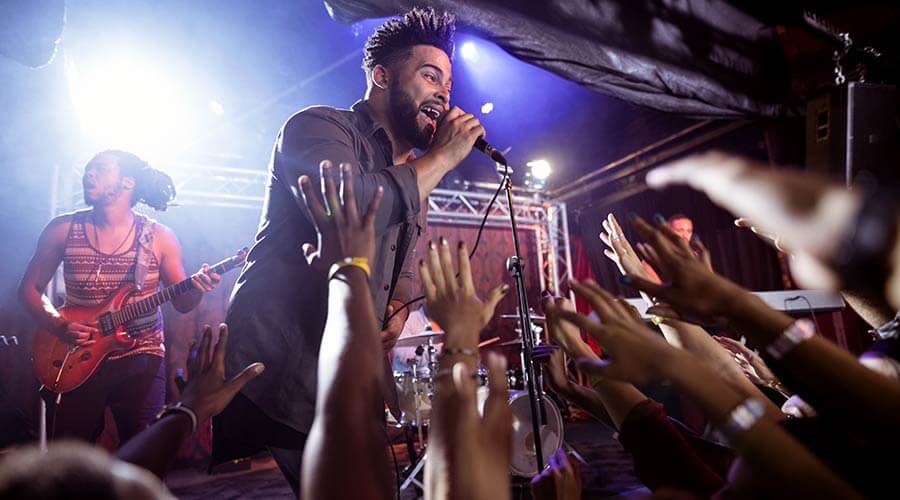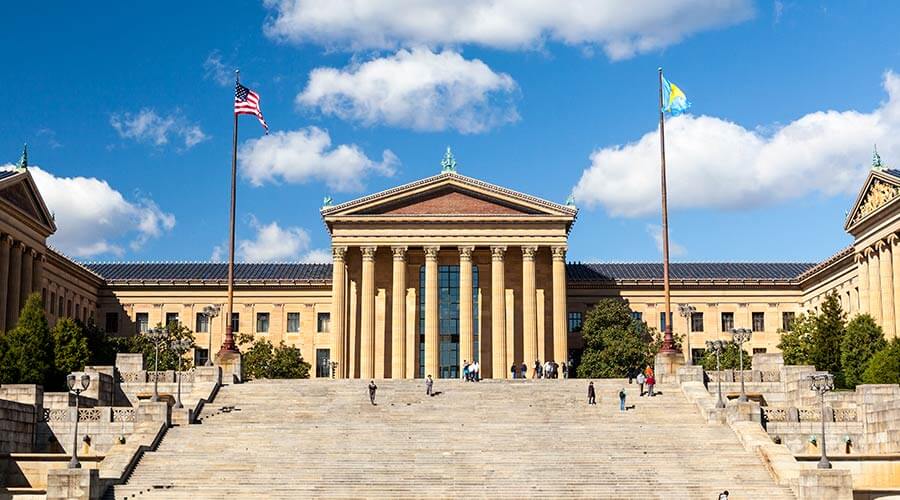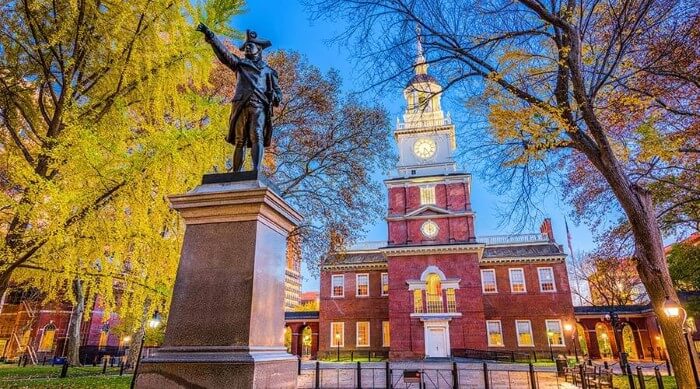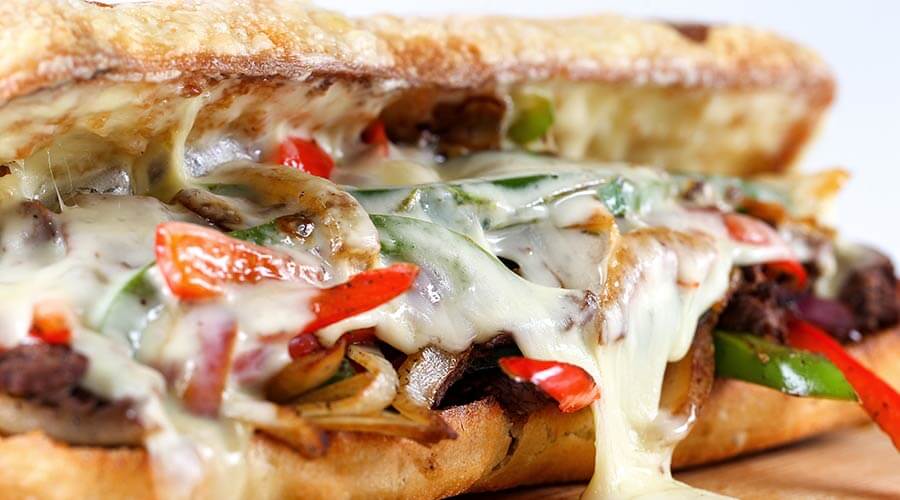Moving to any East Coast city can be a daunting experience, so you’ll be happy to know that The City of Brotherly Love welcomes newcomers with open arms. It’s just what founder William Penn wanted back in 1682.
If you’re budget conscious, you’re in luck. For what you might expect to pay to live on the East Coast, Philadelphia offers more affordable market prices than many of its neighbors. Numbeo’s cost of living index, which ranks from lowest cost (1) to highest cost (100) based on food, transportation, and utilities, ranks Philadelphia at about 80. If that seems high, consider the cost of living in neighboring cities like New York (100), Boston (85) and Washington, D.C. (83). And movers can still buy a house for under $300,000 in the Philadelphia area.


